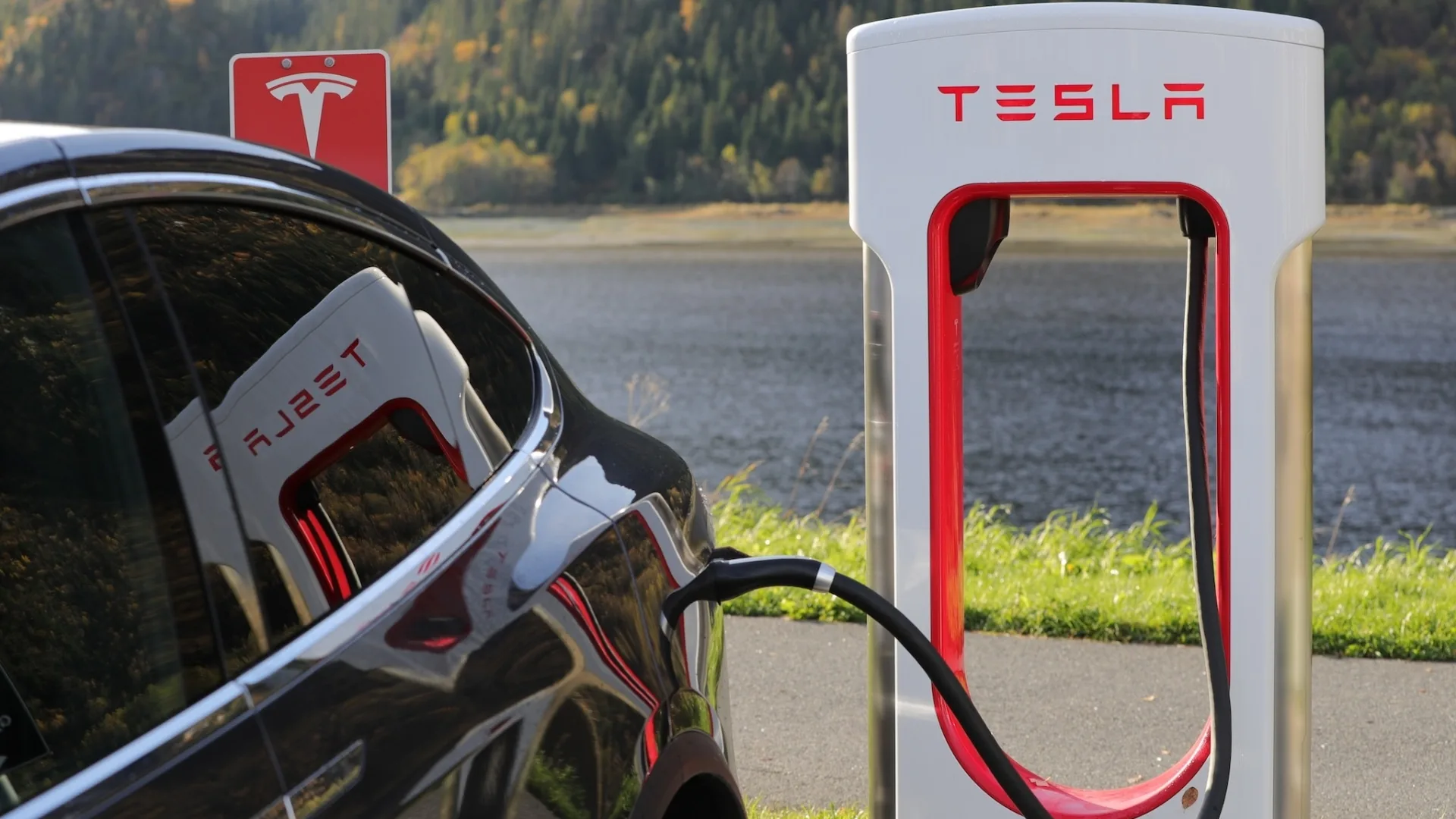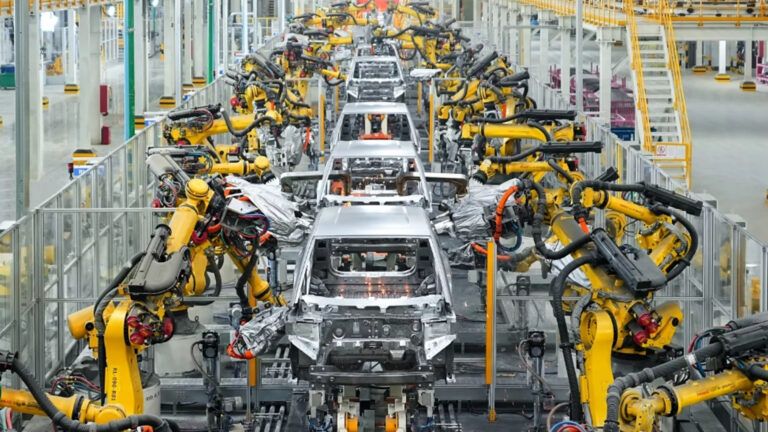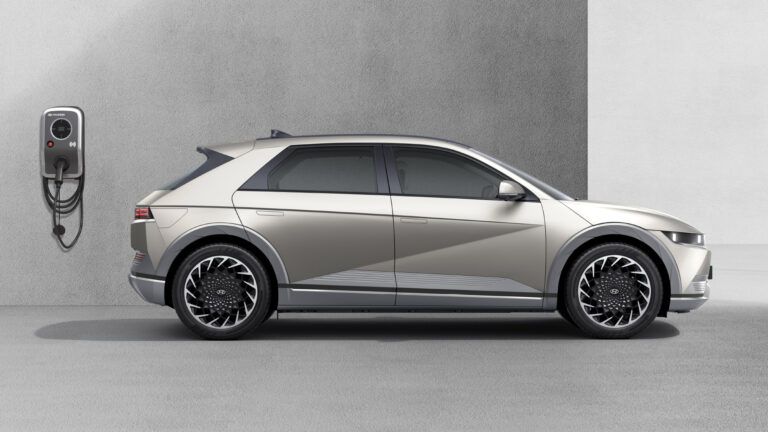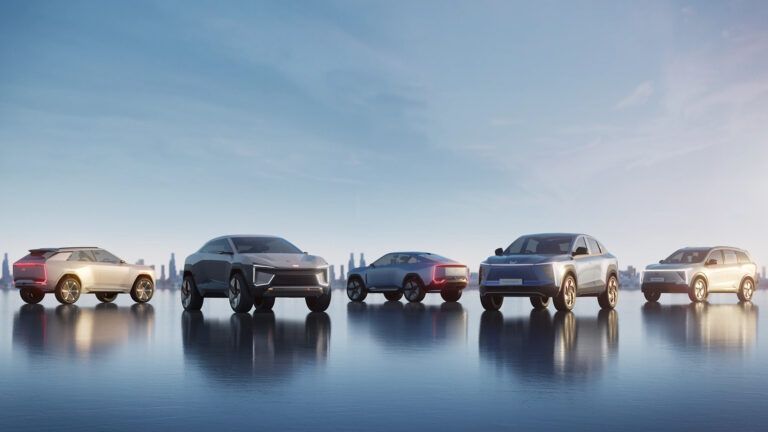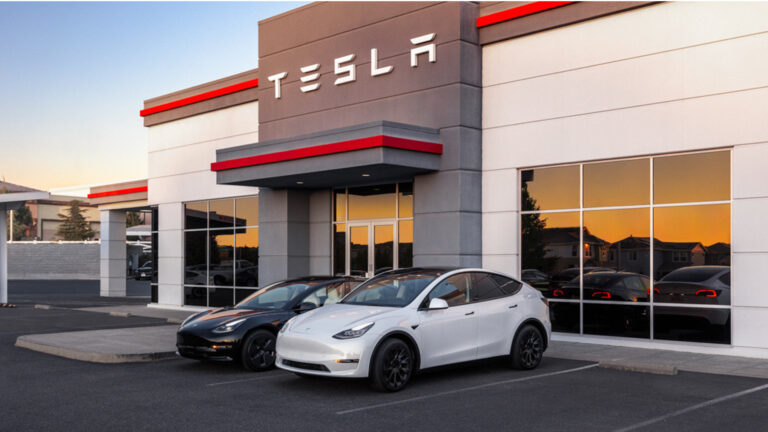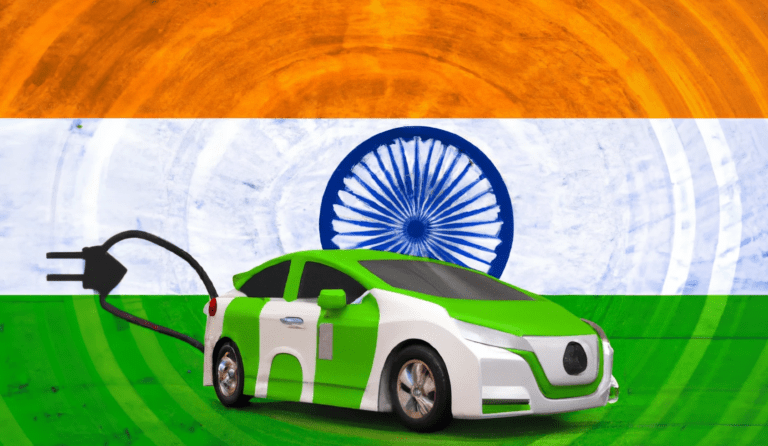In a heartening display of resilience, electric vehicle (EV) owners in south-east Queensland, Australia, displayed the practical benefits of their EVs beyond eco-friendly driving amid power disruptions caused by storms and flash floods on Christmas Day.
Several EV owners, equipped with “vehicle to load” technologies that convert the EV into an emergency generator, rushed to the aid of their areas. Kristy Holmes, for instance, used her BYD electric car to power her 11-year-old son’s life-saving dialysis equipment after the conventional power source failed. Her fast thinking and action prevented a potentially fatal scenario for her son, Levi, who is awaiting a transplant.
As mentioned in a report by The Guardian, Holmes initially used her EV to help neighbours by running refrigerators during the outage. However, realizing the prolonged power outage, she investigated if the EV could power the crucial medical equipment. The BYD Atto 3 not only powered the dialysis equipment but it could have run for many more nights before needing to be recharged.
Another EV owner, chemistry instructor Matt McLaughlin, shared his EV’s emergency power capabilities with the community on social media. His Tesla EV, outfitted with Vehicle-to-Load (V2L) technology, helped people by supplying electricity for tasks such as opening electronic gates.
McLaughlin, a Rural Fire Service member, was unaffected by the power loss at home, thanks to solar panels and a Tesla Powerwall battery system. This allowed him to assist others, including a couple caught behind an electronic fence.
The unity went beyond EV owners; those with Tesla electricity Walls helped by supplying electricity to their neighbours’ refrigerators. The crisis highlighted the practical benefits of electric vehicles and displayed the advantages of zero-carbon technology. McLaughlin emphasized that even critics became convinced of the dependability of solar panels, house batteries, and EVs after the extended off-grid time.

